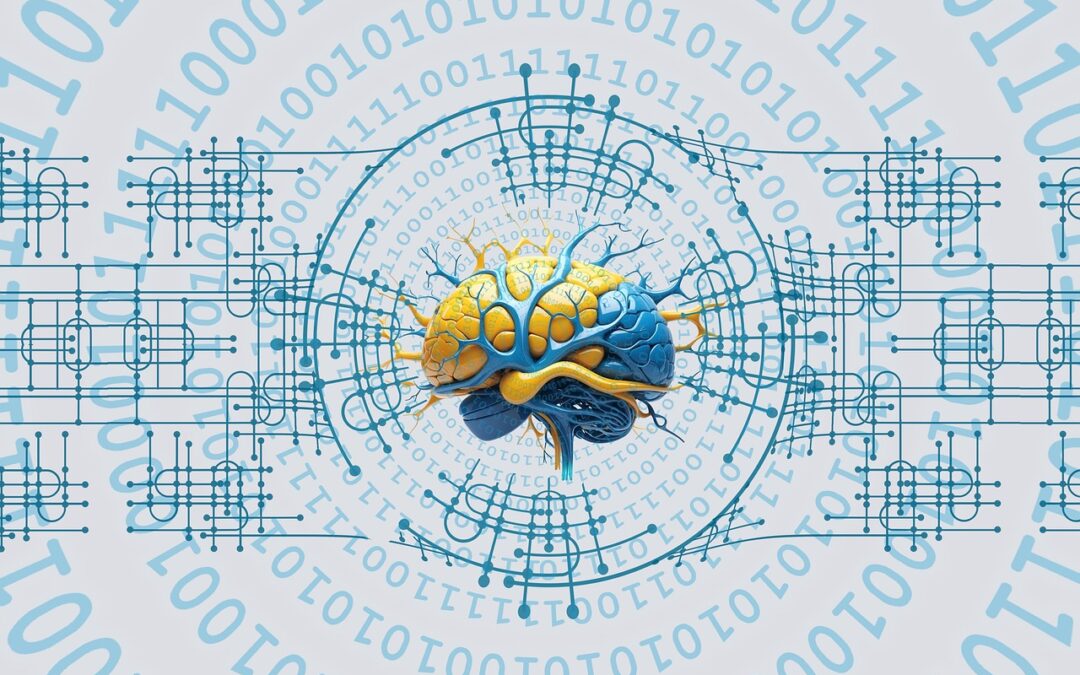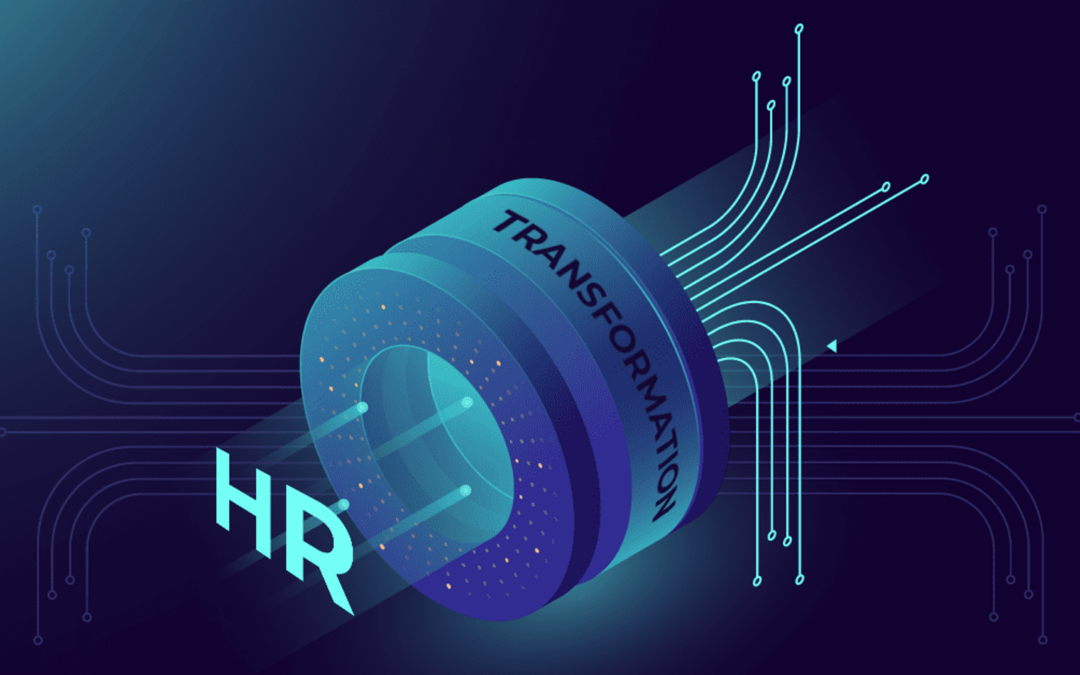
by Joy Maitland | Oct 24, 2025 | CEO, CFO, COO, CIO, Emerging Leaders, General Managers, Heads of Divisions, Human Resources (HR), Leadership Development, Managing Directors, Middle Managers
Work has changed, and so have people. Let’s explore how leaders can inspire commitment, prevent burnout, and create workplaces where purpose, performance, and well-being align.
The question leaders are asking quietly but urgently
Have we reached the point where working hard has stopped working?
Across organisations, teams are busy but drained. Engagement surveys speak of fatigue rather than fulfilment. Something deeper is shifting in how people experience work. The old equation — more effort equals more results — no longer adds up. We are being invited to rewrite it.
The end of the old contract
For years, the unwritten deal was clear: show up, perform, progress. Now people are asking different questions. Does this work still have meaning? Do I feel trusted? Is my contribution seen? Purpose, flexibility, and well-being have become expectations, not extras.
The reality of burnout: when purpose disappears
Burnout is not just about workload; it is about disconnection. It happens when effort feels endless but impact feels invisible. When people cannot see how their work connects to something meaningful, exhaustion follows. Leaders often treat burnout as an individual issue, but it is an organisational signal. The cure is not a mindfulness app. It is meaningful work.
The leadership reset: from control to connection
Modern leadership is less about managing activity and more about understanding energy.
The best leaders now ask,
- How do I help my team feel connected, not just informed?
- How do I balance empathy with accountability?
- How do I create space for rest without losing drive?
Connection builds trust, and trust sustains performance.
What people need from leaders now
- Clarity, so they can focus on what matters.
- Recognition, so their effort feels valued.
- Flexibility, so they can balance work and life.
- Purpose, so they can see meaning in what they do.
These are not soft ideas. They are strategic essentials for engagement and retention.
Building purpose-driven performance
Purpose and performance are partners, not opposites. Start meetings by reconnecting to purpose: “What impact are we creating this week?” End them by celebrating progress: “Where did we make a difference?” It is simple, and it changes the tone of work.
Leading through energy, not exhaustion
Energy management is now a leadership skill. Leaders who pace themselves create permission for others to do the same. Those who never rest send the message that exhaustion equals excellence. Sustainable performance depends on rhythm, not relentlessness. If your team’s calendar is full but their energy is low, it is time to pause, not push harder.
The new human equation
Work is no longer a transaction; it is a relationship. People give their best when they feel seen, valued, and purposeful. Leaders who understand this are redefining success. They create environments where ambition coexists with well-being, and where performance feels fulfilling, not draining.
Ask yourself,
“Are my people thriving because of our culture, or surviving in spite of it?”
Your answer will reveal how human your leadership really is.
The Right Conversation Can Change Everything. Let’s Talk.

by Atiya Sheikh | Sep 2, 2023 | Human Resources (HR)
Digital Transformation in HR and the Future Potential Impact of AI
The integration of digital technology into human resources (HR) practices has revolutionised the way organisations manage their workforce and enhance employee experiences. As we move forward, the future potential impact of artificial intelligence (AI) on HR promises to bring even greater transformation. In this post, we will explore real-world examples and case studies that illustrate the current state of digital transformation in HR and discuss the exciting possibilities AI holds for the future.
1. Streamlining Recruitment and Hiring Processes
Digital transformation has already made significant strides in automating and streamlining recruitment and hiring processes. However, the future potential of AI in HR presents exciting opportunities. AI-powered applicant tracking systems can intelligently screen CVs, identify top candidates, and even conduct initial interviews using natural language processing. Unilever, for example, implemented an AI-based pre-screening tool that assessed candidate video interviews. Unilever has asserted that it is achieving substantial cost savings annually by substituting human recruiters with an artificial intelligence system. This move came amidst concerns about a potential public backlash against the increasing prevalence of machine learning. According to Unilever, post implementation, the AI system saved 100,000 hours of human recruitment effort.
2. Personalised Employee Experiences
AI has the potential to personalise employee experiences by leveraging data and predictive analytics. By analysing individual employee data, AI algorithms can suggest relevant learning and development opportunities, career paths, and even well-being programmes tailored to each employee’s unique needs. IBM’s Watson Career Coach, for instance, uses AI to provide personalised career advice and development recommendations, helping employees make informed decisions about their professional growth. Watson Career Coach matches employee profiles with open job requisitions, identifying internal job opportunities and career transitions.
3. Enhanced Employee Engagement and Performance
The future potential of AI in HR lies in its ability to enhance employee engagement and performance. AI-powered chatbots and virtual assistants can provide real-time support to employees, answering questions, guiding them through HR processes, and offering personalised feedback and coaching. Salesforce’s Einstein AI-powered virtual assistant, for example, helps employees navigate HR policies and procedures, creating a seamless and engaging experience. It leverages artificial intelligence and natural language processing capabilities to understand and respond to employee inquiries regarding HR-related matters. By interacting with the virtual assistant, employees can obtain self-service support for their HR-related queries, reducing the need for manual intervention from HR personnel.
4. Augmenting Decision-Making with AI Insights
AI has the potential to transform HR decision-making by providing valuable insights and predictions based on vast amounts of data. Machine learning algorithms can analyse historical HR data to identify patterns, predict turnover risks, and even recommend optimal compensation and benefits packages for employees. For instance, Xerox uses AI to predict which employees are at risk of leaving the company, enabling HR professionals to intervene with targeted retention strategies. Xerox collects a wide range of employee data, including performance reviews, employee demographics, job history, compensation details, and other relevant factors. This data is typically stored in a centralised HR database or system. AI algorithms extract relevant features from the collected data, such as employee tenure, job satisfaction ratings, recent promotions, work engagement levels, and other relevant attributes. These features serve as inputs for the prediction model.
5. Ethical Considerations and Bias Mitigation
As AI integration in HR grows, addressing ethical issues and bias is vital. AI can unwittingly amplify historical biases in data, leading to unfair outcomes. Organisations must actively detect and mitigate AI bias to promote fairness and inclusivity. Gap Inc. is a case in point, responding to concerns of gender bias in its AI hiring tool. Designed to aid recruitment, worries arose about gender-based biases favouring or disadvantaging candidates. Gap Inc. took action by thoroughly reviewing the tool. This likely entailed examining algorithms, scrutinising training data, and assessing recommendations. The aim was to identify and correct any gender biases in the tool’s functionality. They recognised the importance of preventing inadvertent gender disparities or discrimination during the hiring process.
Future HR Practices
The digital transformation of HR has already revolutionised the way organisations manage their workforce, and the future potential impact of AI promises even greater transformation. From streamlining recruitment processes to personalised employee experiences and augmented decision-making, AI holds immense potential to optimise HR practices and enhance employee engagement and performance. However, it is essential to approach AI implementation in HR with careful consideration of ethical implications and the need for bias mitigation. By harnessing the power of AI while ensuring fairness and inclusivity, organisations can shape a future where HR processes are more efficient, personalised, and supportive of their employees’ growth and success.
We’d love to hear from you. Contact inemmo


